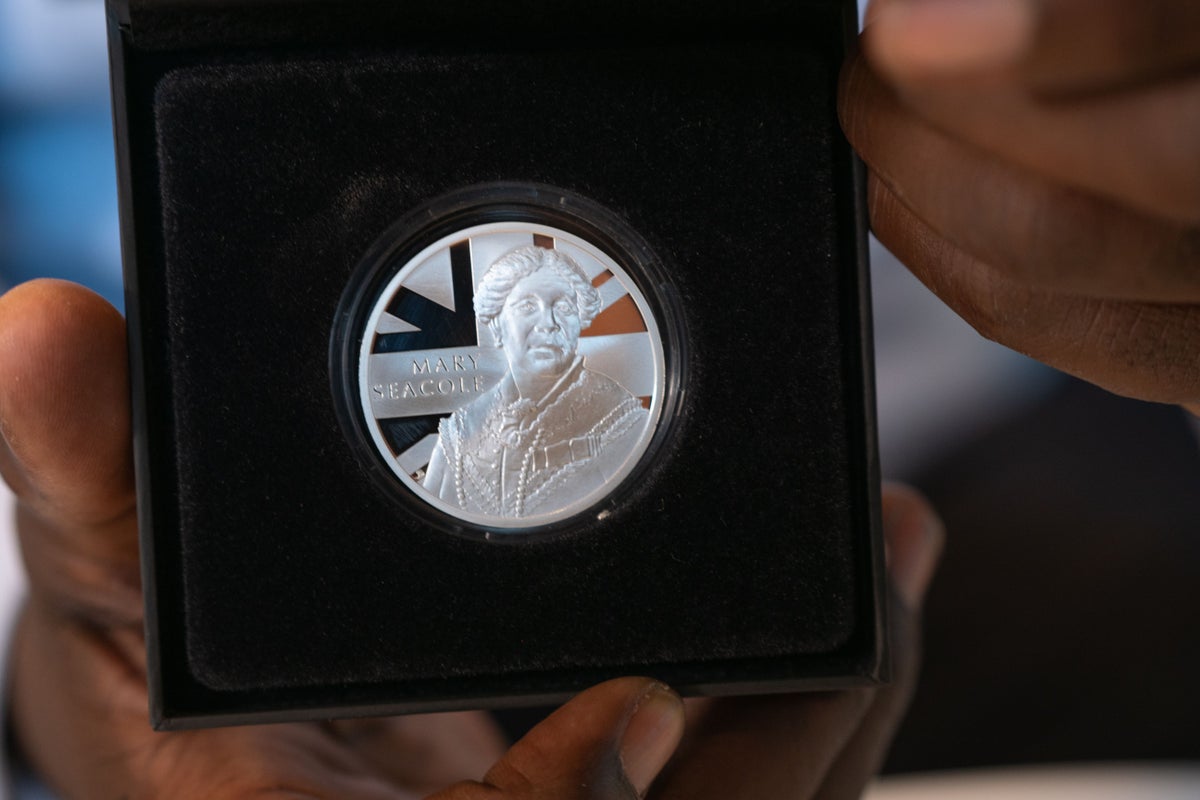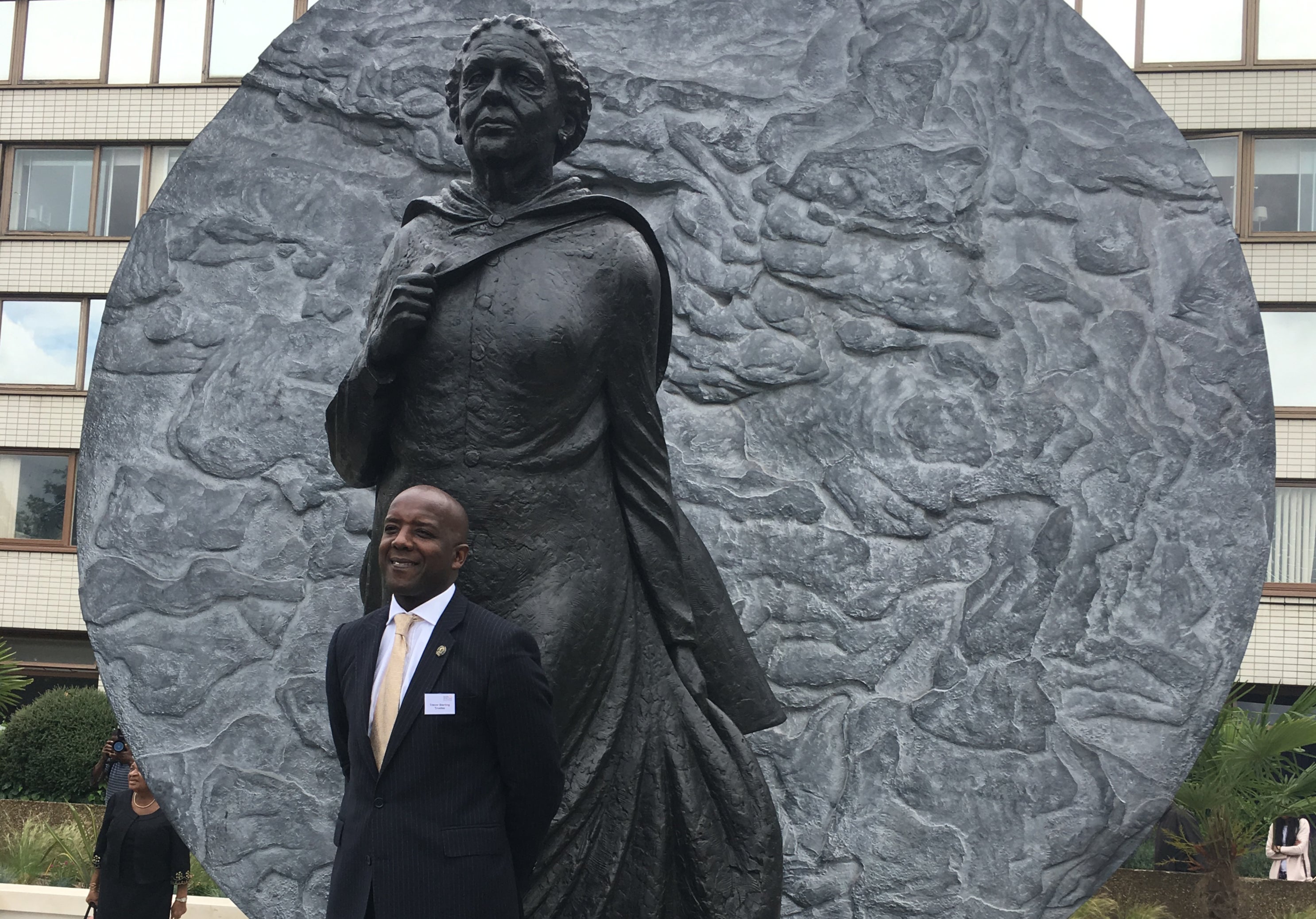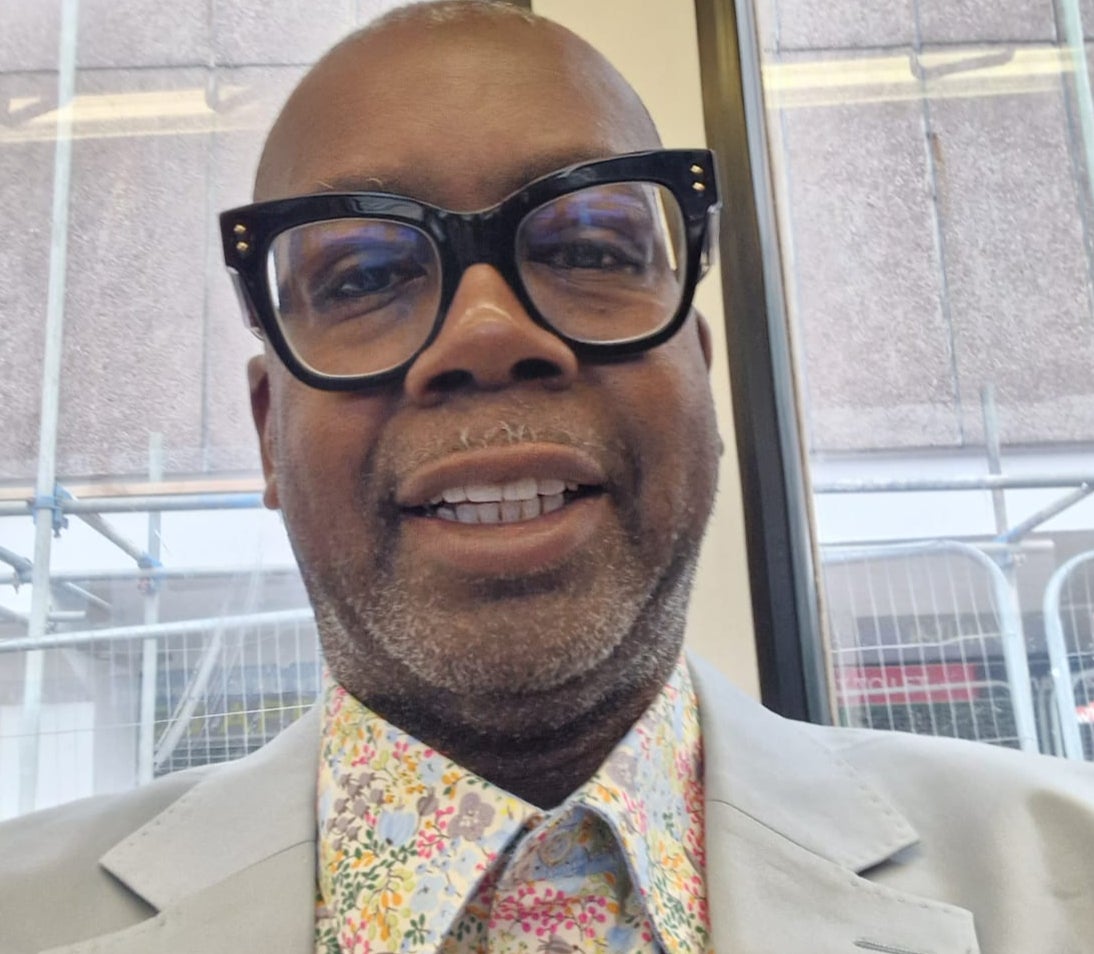
A new Royal Mint commemorative coin in honour of Jamaican-British nurse Mary Seacole has been revealed to coincide with the UK’s Black History Month.
It is the second coin to feature a named Black female and has received a Royal Proclamation from King Charles III.
The design team at The Royal Mint recreated the portrait of Mary Seacole which is depicted in a photograph held at Winchester College.
The image was believed to have been taken by a leading photographer favoured by Queen Victoria between the late 1860s and early 1870s, according to the Winchester College archive.
Trevor Sterling, chair of Mary Seacole Trust, said: “This is another significant historical moment and it pays tribute to Mary Seacole as a symbol of the NHS, diversity, social justice and also in understanding the diverse contributions that have been made to this country.
Mary Seacole served as a nurse in the Crimean War— (Rex)
“I’m looking forward to travelling to Jamaica to honour Mary Seacole Day - 23 November - to present the coin to the new Jamaican High Commissioner and gift a coin to the Institute of Jamaica.
“It’s our way of saying thank you, we know that you suffered a loss as a result, and we acknowledge what’s been given to us.”
The ribbon featured on Mary Seacole’s portrait was part of her attire as she would wear it to highlight her involvement in Crimea.
The coin’s edge inscription reads ‘THE ONE WHO NURSED HER SICK’, which was extracted from a quote by a War Correspondent for The Times, William H Russell in 1857.

Rebecca Morgan, director of commemorative coin at The Royal Mint said: “We are delighted to launch the Mary Seacole commemorative £5 coin.
“We hope this coin design pays tribute to her incredible legacy and celebrates her adventurous life and diligent work as a heroine of the Crimean War.”
Campaigner Patrick Vernon has been at the forefront of several high-profile campaigns on cultural heritage and social justice, including one to include Ms Seacole on a £50 note, which was backed by over 100,000 people - and add her to the national curriculum.
The £50 note campaign was launched by Bank Notes of Colour and lobbied for legal tender to be more representative, showcasing Britain’s diverse histories. It was led by Zehra Zaidi, a former Conservative parliamentary candidate, alongside Mr Vernon - and backed by PM Rishi Sunak when he was chancellor.
Earlier this year, the Royal Mint unveiled a commemorative coin to celebrate Dame Shirley Bassey’s 70-year musical career.
However, to date, no non-white person has ever been featured on legal tender British coins or notes.
Mr Vernon, who launched the 100 Great Black Britons poll in 2004 where the nurse topped the list, told The Independent that her image should feature on legal tender.
“Obviously it’s great news that Mary Seacole has been recognised by the Royal Mint. However, this is commemorative and not a legal tender, which I hoped it would be, that could be circulated and used widely among members of the public.
“A collectable coin is good enough. Bank Notes of Colour campaigned for a person of colour to be on currency and that’s not been achieved yet in 2023, bearing in mind that the Bank of England and all those institutions with a history of enslavement of Black people have not acknowledged our contribution to Britain. Having more Black people on legal tender would be a powerful way to do that.”
No 10 has been approached for comment regarding why Ms Seacole’s coin is not on legal tender, despite Mr Sunak previously calling for this.

The coin’s reveal comes seven years after a 12-year campaign which raised £500,000 to honour her as a statue at St Thomas’ Hospital London - the first ever statue of a named Black female.
Sculpture Martin Jennings, who designed the Mary Seacole statue at St Thomas’ Hospital London, designed the reverse of the coin, which features King Charles III.
Ms Seacole was born Mary Jane Grant in Jamaica, 1805, to a Scottish soldier and a Black Jamaican woman.
Due to racism, the nurse faced civil rights limitations, including not being allowed to vote, hold public office, or pursue professional careers, while her mother ran a boarding house for sick soldiers, where Ms Seacole eventually gained nursing skills.
Ms Seacole married Edwin Seacole in 1836, a white man, but he passed away eight years later. She then began to travel extensively and studied both traditional and European medical ideas.
In 1854, she travelled to England and requested to serve as an Army nurse in the Crimea, but her request was denied.
Undeterred, she went to the Crimea anyway and established the British Hotel near Balaclava, offering comfortable accommodations for sick and recovering officers. She also courageously cared for wounded soldiers on the battlefield, often in the midst of gunfire.
As a result of her selfless work, the nurse earned nickname “Mother Seacole“ and was highly regarded during her time, rivalling Florence Nightingale in reputation.
After the war, she returned to England in a state of poverty and poor health. In July 1857, a benefit festival was organized to raise money for her, drawing thousands of supporters - but she passed away on May 14, 1881.
Buckingham Palace has been approached for comment.
With a history spanning more than 1,100 years, The Royal Mint is Britain’s oldest companies and the original maker of UK coins.
The Mary Seacole commemorative £5 coin is available in Gold Proof, Silver Proof, Silver Proof Piedfort and Brilliant Uncirculated, and is available to purchase via The Royal Mint website.







